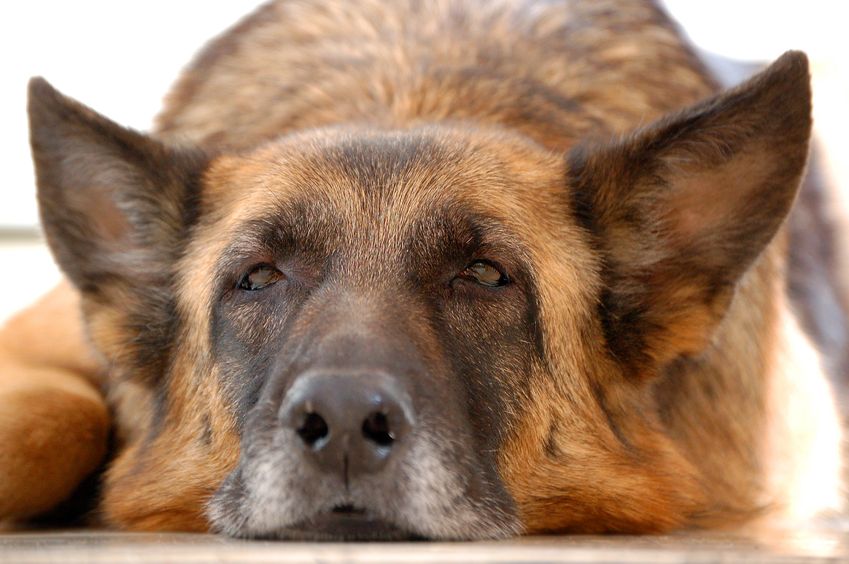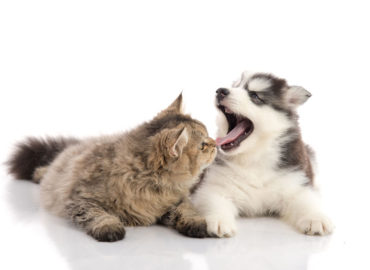Doggy Dementia
Doggy Dementia
Advances in canine nutrition, disease prevention and treatment has led to an aging population of dogs that commonly live into their late teens. Now age is not a disease but it does take its toll on the circulatory, renal, hepatic, musculoskeletal and central nervous systems [CNS]. Changes in the canine CNS include beta amyloid plaque deposits [Alzheimer’s], hypoxia, changes in neurotransmitters, alterations in cell membrane permeability and a build-up of free radicals.
The Symptoms
Canine cognitive dysfunction [CCD] or “doggy dementia” is a medical condition but symptoms are almost entirely behavioural. There are four main categories, disorientation, changes in social and environmental interaction, changes in sleep/wake cycle and breakdown in previously conditioned behaviours such as housetraining. When signs are present from each of these categories, especially the first two, dementia becomes more likely.
Dogs displaying disorientation show a delay in the recognition of known people, places and objects and often wander aimlessly around the house. Dogs with severe disease may get stuck in corners.
Dogs with changes in social and environmental interactions can display decreased greeting enthusiasm, response to commands and play interaction with other dogs; and will often appear irritable.
Dogs with altered sleep/wake cycles will repeatedly wake, whine and bark as if needing to toilet, seek out owners or pace and appear agitated or restless.
The most common examples of loss of previously conditioned behaviours is a loss of previously reliable house training or response to verbal commands.
Medical Differentials
In each of the above categories there are a number of medical differentials. Vets use a combination of physical examination and additional tests such as bloodwork and diagnostic imaging to identify and manage underlying disease whilst treatment for CCD is considered.
Treatment
Nutritional intake of antioxidants and essential fatty acids is increased. Medical therapy aims to improve cerebral blood flow [Vivitonin] or counteract some of the CNS aging processes [selegeline]. Behavioural therapy aims to retrain older dogs. Owners use high value treats to positively reinforce basic commands during short daily lessons, whenever the dog shows calm behaviour or chooses the correct location to toilet.







